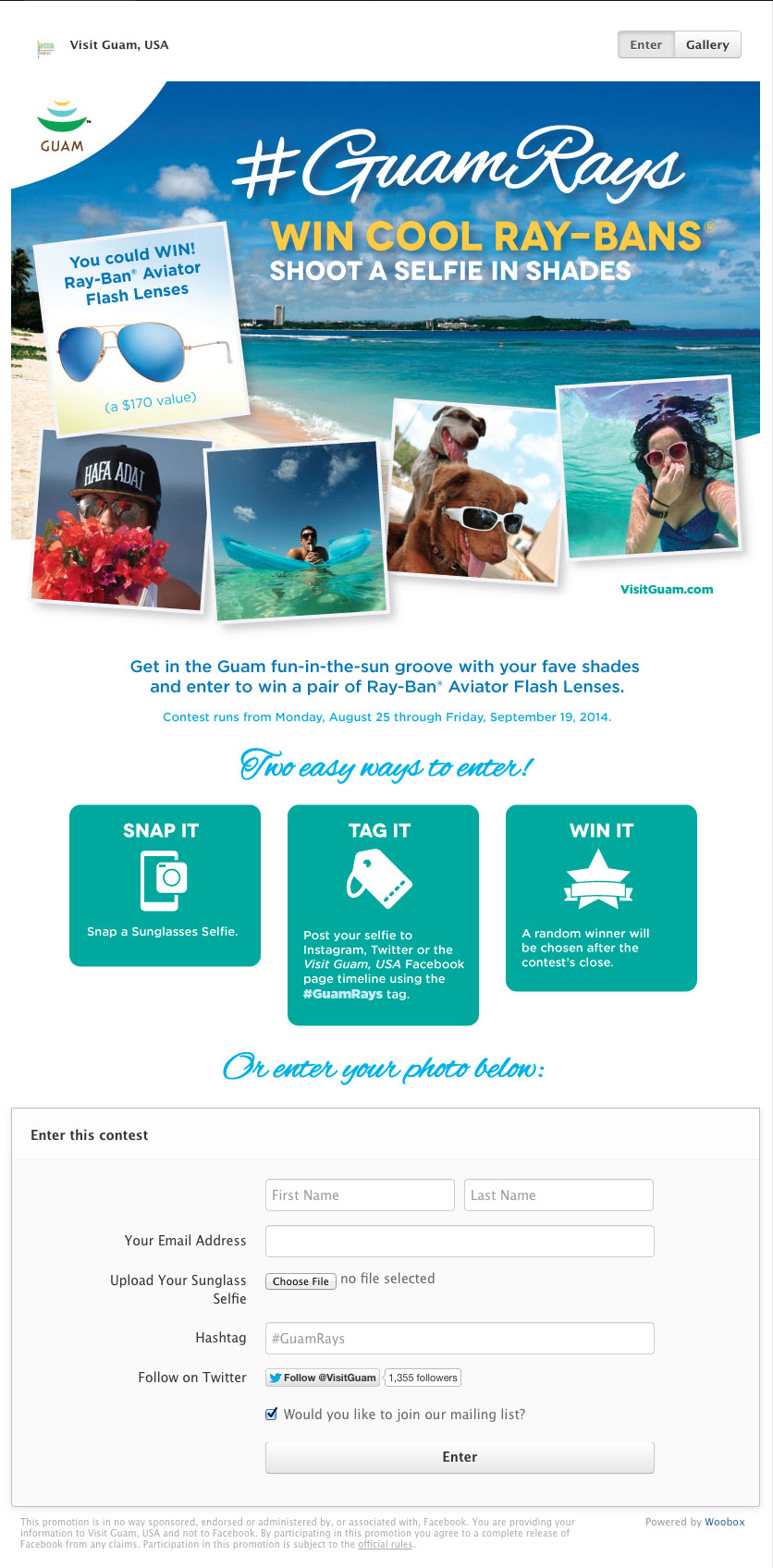
Your brain is the best tool for enterprise SEO.
By nature, e-commerce sites are fundamentally flawed because companies have spent decades building robust platforms for their users. This requires an advanced level of understanding.
Understanding SEO and having online marketing experience helps, but you need a deep level understanding of:
- the company and the culture
- the brand and what it’s values
- the people you work with and the challenges they face
- the past, the present and the future
- the human resources, both available and unavailable
- the macro and micro web infrastructure
- the available (and missing) documentation
- the offline and online marketing assets
- the goals vs the nice-to-haves
- the priorities and non-priorities
- the customer experience, both onsite and offsite
- content management system(s) and other in-house tools and processes
To really master SEO at the enterprise level, you must be in sync with how everything and everyone ‘works’ before you can make an impact.
Any SEO, beginner or advanced can pull up the tools listed below and say ‘we need this, this and that.’ Restrain yourself. Your recommendations won’t mean shit if you can’t tie in SEO with all the non-SEO.
No question, you need tools, but you’ll find yourself using them maybe 1% of the time if your mind is heavily vested in the inner workings of the company.
It’s scary, frustrating and often overwhelming because you’re expected to perform, but the investment you make from the beginning in all non-SEO resources yields the greatest outcomes, in my experience.
Again, your mind is the greatest tool in enterprise SEO because it has to be actively ‘working’ to process all the SEO and non-SEO information coming your way. You have to identify patterns and leverage them. There’s so much to remember. There are so many priorities. There is so much change. There is little to no agility.
You also need to use your brain to keep the junk out of it. The pressure of performance often pushes you to seek outward to find scale-able solutions. Blogs, thought leaders, new tools, Google updates, etc. etc.
The reality is there is too much junk floating around. If you spent as much time in web logs, old documentation, talking to people, learning about the technical side of the site, Webmaster tools, SEO and non-SEO and even offline marketing reports, creating spreadsheets and presentations, you have everything you need to excel. The day-to-day information exchange is enough, you don’t need to look for tips and strategies online.
Accept that it won’t be easy, keep calm of frustration, listen to all the people and think before you speak. Slowly, you’ll train your mind to pick up on the patterns, to prioritize accordingly, to plan effectively and to work well with others who frankly don’t care about SEO.
I don’t care how non-technical your mind is. Learn technical SEO, early and make it a priority. Scaling site-wide change to make small and large leaps happens in the site’s backend. Clean up the foundation. Chances are your competitors are spending time on chasing Google’s algorithm, throwing money at link building, throwing money at static content, etc.
The keyword tools, the screaming frog/Xenu audit tools, backlink checkers are frankly all secondary to the wealth of information available deep in the enterprise.
These are all useful, but if you make these your priority, you’ll cut yourself short. Your rewards will be marginal, at best.
My favorite secondary tools to use, create and share are:
- Authority labs for KW tracking; much cheaper than BrightEdge or Conductor.
- Ubersuggest or SERP’s Free Keyword Research Tool for quick mid-tail kw research
- Paid Search reports. Conversion data, entry level page reports are gold.
- Aggregate reporting of top-performing categories and products.
- Training documentation via powerpoints. Customize this to suit your audience, the less SEO jargon, the better.
- Excel spreadsheets for processes such as KW research, weekly reporting, QA testing, project management and tracking
- Email! Pay close attention to events, reports, projects, etc. noted in circulations because there are golden opportunities to capitalize on that others don’t think impacts SEO.
- Meetings – Meet with others often, but not excessively, to be kept in the loop on their projects so SEO can be considered and leveraged ahead of time.
All of these tools mean little; however, if you can’t use your own brain to put the jigsaw pieces together and understand the company, the people and the overall business.






























